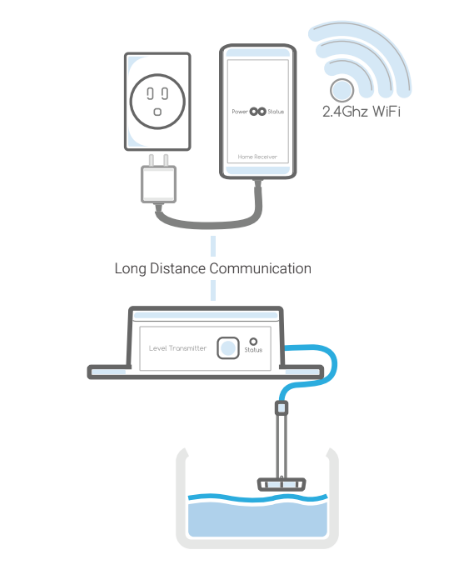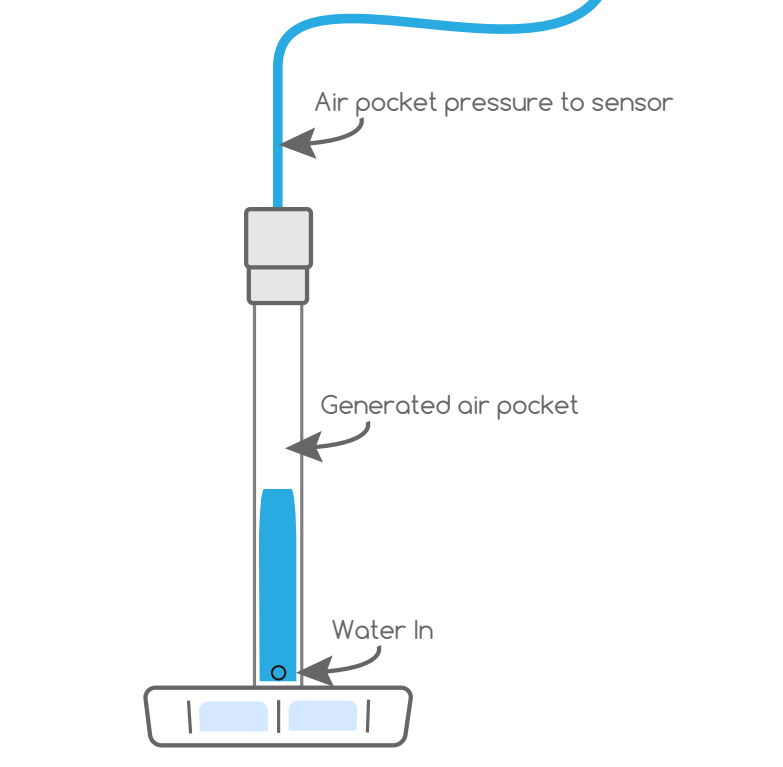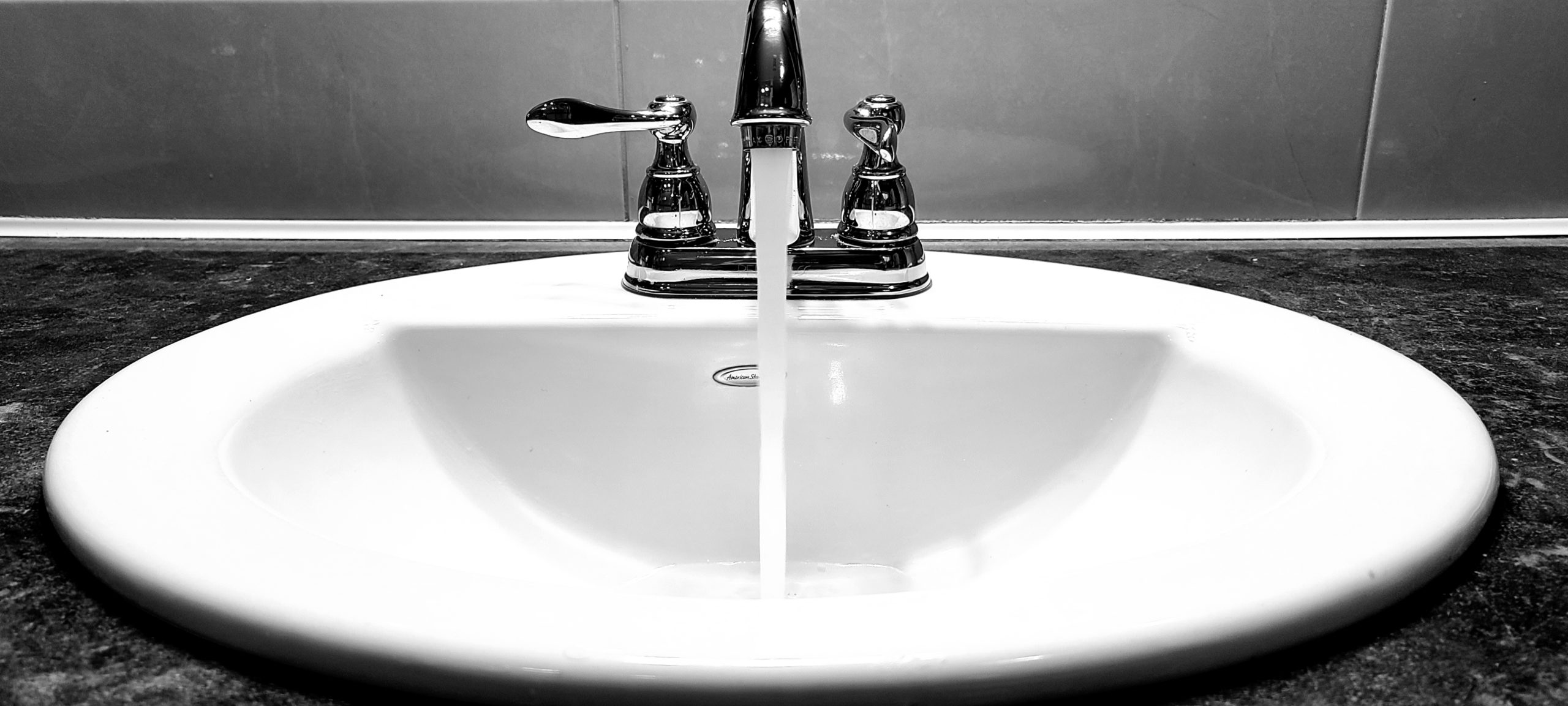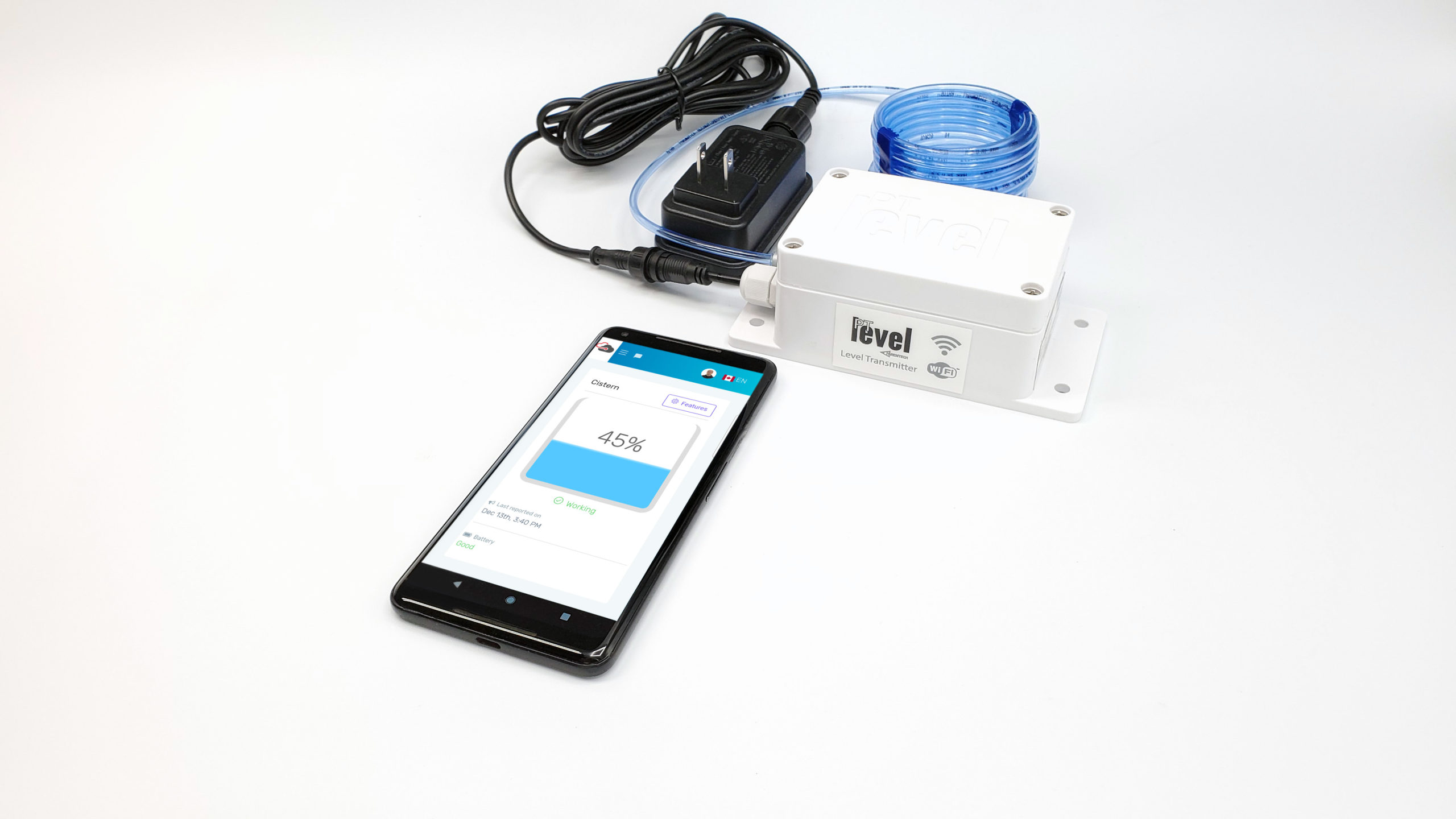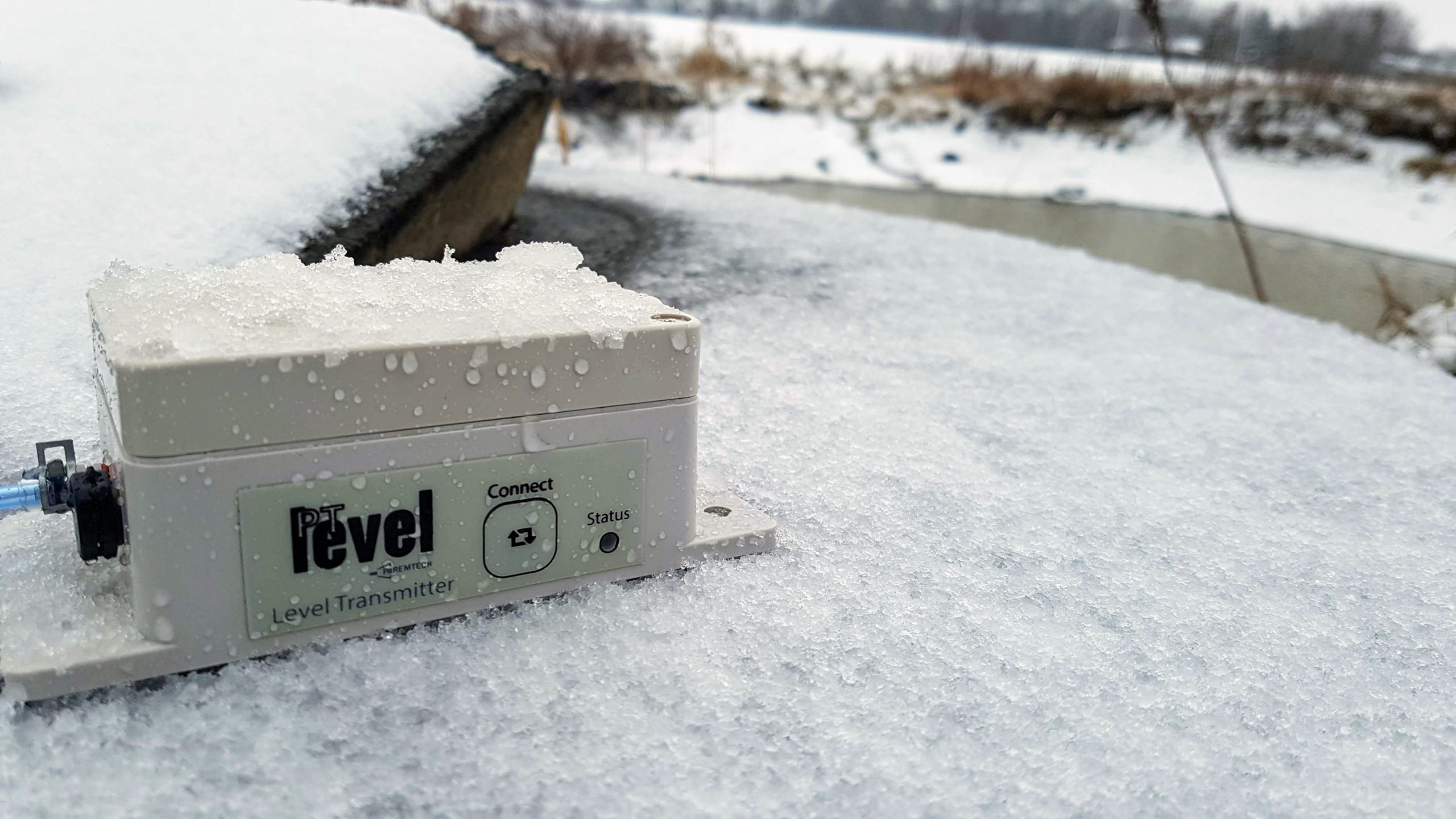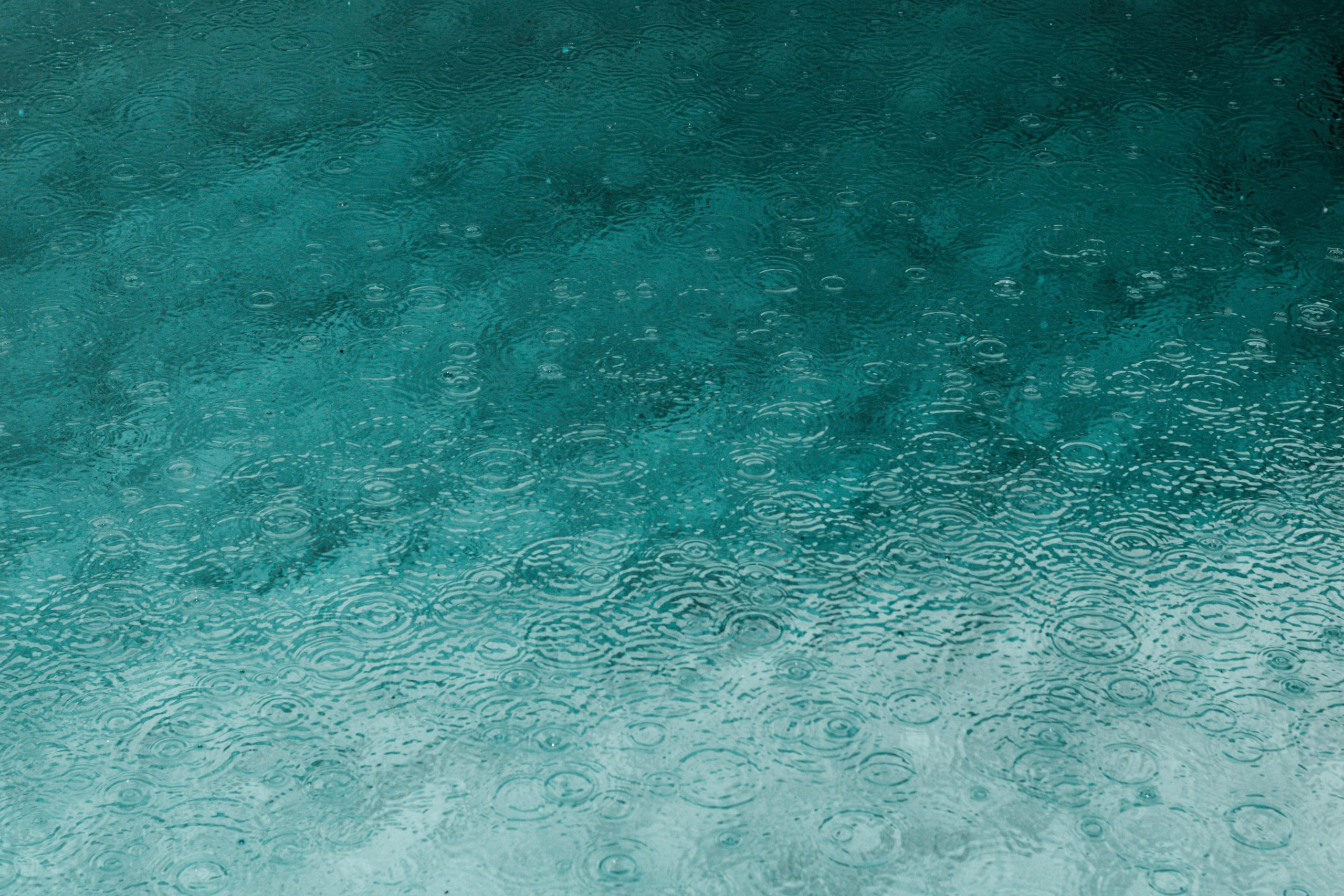How can Water Level Monitoring Systems make homes smart?
IoT devices such as door bell cameras, motion sensors, light switches, and sockets are revolutionizing our homes and lives beyond what we could have imagined. Our favorite innovation, smart water level monitoring systems, is bringing convenience, cost savings, and peace of mind to our homes. It’s also a growing trend that people want to contribute to water conservation strategies for positive climate impact as well as cost savings. Smart water level monitoring systems are helping people make informed decisions, save water, prevent unnecessary water deliveries, and alerting users to high and low alerts preventing floods and costly outages.
What is a water level monitor? It consists of a sensor device which automatically detects the level of water inside any tank. The most common sensors are pressure-based, ultrasonic, or floats. The data from the level monitor can be collected into a graph and always provides data for the user to make decisions based on.
So how can a smart water level system for your cistern or well help you? Continue reading to explore the technology and benefits behind smart water level systems for your cistern, sump, chemical tank, etc!
How do Water Level Monitoring Systems Work?
Water level monitoring systems can work in a variety of ways such as measuring liquid pressure, using floats or ultrasonic sensors to detect the height of the water. The sensors then take this captured data and transmit it to the control unit.
For the PTLevel, that means the Transmitter reports to the Receiver and then to the Cloud. First, it measures the water pressure and compares that to the atmospheric pressure. Then transmits that level data to the Receiver up to 1 km away. Then the Receiver sends that data to the cloud via your WiFi signal and your secure online portal converts that raw data to a tank percentage. With the tank percentage you can make informed decisions, review the percentage trends in the history graphs, decide when to best conserve water, and contact your water delivery provider for a water delivery.
What are the Benefits of Water Level Monitoring Systems for Homeowners?
Water level monitoring systems for cisterns, wells, sumps, chemical tanks, rain water harvesting systems, and ponds have a slew of benefits! Let’s review some of the most common benefits below:
Peace of Mind
Arguably the top benefit of water level monitoring systems is the peace of mind that comes with knowing if and when you’ll run out of water. Or, if you’re monitoring a sump pump hole for high levels, is the peace of mind knowing you’ll be alerted before your basement floods!
Recently (January 2024), one of our customers was monitoring their sump pump hole and knew before leaving for work that their sump pump was “sounding off”. The pump was supposed to kick in when their PTLevel Water Level Monitor was indicating around 75%, and stop when the sump was around 25% empty. Their alerts were set to 85% and 20% – so they would know when the sump was not operating within the desired range. Sure enough, they received a text alert indicating that the sump went below 20%! They left work to immediately go and investigate and found that the sump pump wasn’t kicking off. Getting that notification prevented the pump from running for hours while no one was home.
Water Conservation
A great advantage of water level monitoring systems is their capacity to create visual representations of water usage, which facilitates informed decision-making regarding water conservation efforts. This capability not only aligns with climate objectives but also enables users to identify and mitigate wasteful water practices. Also, for rainwater harvesting, the ability to analyze water collection trends proves instrumental in optimizing resource management strategies.

Remote Monitoring
Smart Water Level Monitoring introduces an unparalleled capability: remote water level monitoring. This advancement is particularly advantageous for vacation property managers operating off-site, individuals with inconveniently located cisterns and tanks, and those with mobility limitations hindering access to their water storage systems. Through seamless access to their application interface, both individuals and businesses gain immediate access to comprehensive and current water level data, including history graphs and low or high level alerts without having to be on-site. All of the water data is conveniently accessed via the cloud!
Leak Detection
Just like the story of the sump pump failure (under “Peace of Mind”), receiving early warnings of water trouble is priceless. By using a smart water level monitor, you gain insights into your typical water usage and you can start understanding your water trends to detect problems early. Whether it’s leaky faucet outside, a toilet that get stuck running, or a bigger problem like a crack in your tank. Detecting water leaks can happen a variety of ways, but typically it would be an actual low level notification or a trend you notice in your history graphs depending on the circumstances.
Many PTLevel water level monitor customers set their reporting settings on their device to “aggressive” for the first few weeks to really dive into the water usage data available. After they’ve collected the data, they turn the reporting settings down in order to conserve battery life on their device. You can adjust all power settings as often as you wish by simply logging into your account.
Cost Savings
In additional to identifying leaks and reducing wasteful water usage, you can achieve other water savings by preventing wasteful water deliveries. You can schedule your water deliveries for when you actually need water without guessing by relying on data from your smart water level monitoring system. More than that, you can even share your water level data with your delivery company and they can receive alerts to complete a water delivery at the level you decide!
Conclusion
As you can see, there are many benefits to a smart water level monitoring system including cost savings, leak detection, accessing water level data remotely, and peace of mind. Review the benefits of a water level monitoring system and see if the PTLevel will be the right fit for you! If you have any questions, reach out to our support team and we would be happy to answer your questions. Smart water level monitoring systems are a great example of how IoT technology advances are making homes more efficient, eco-friendly, and smart.

